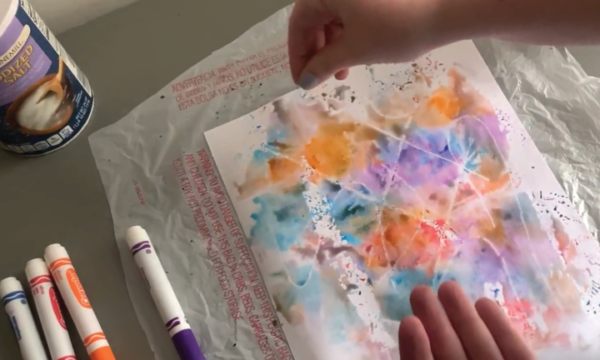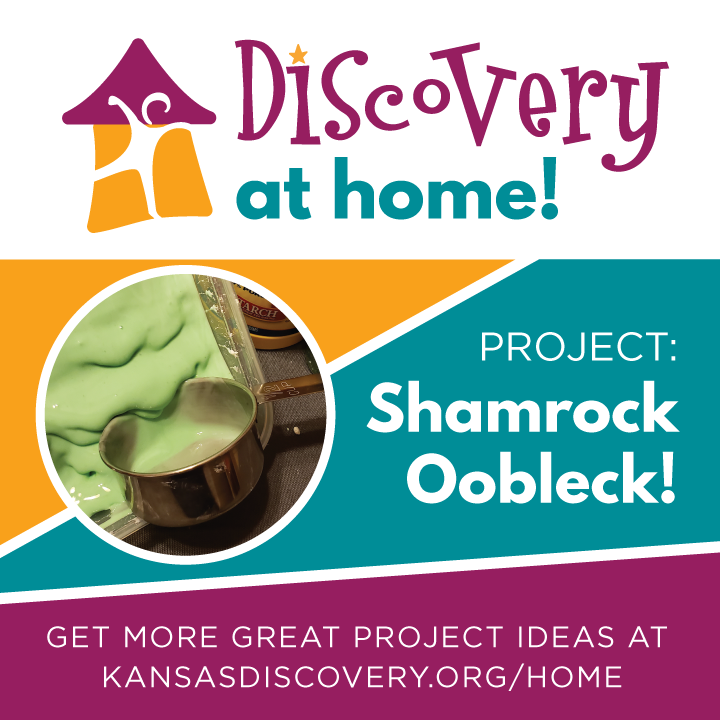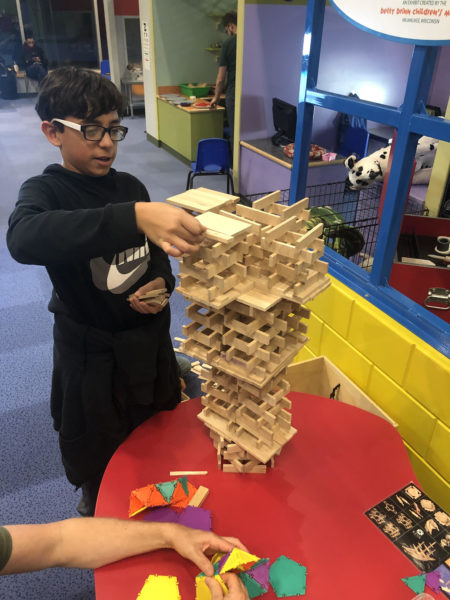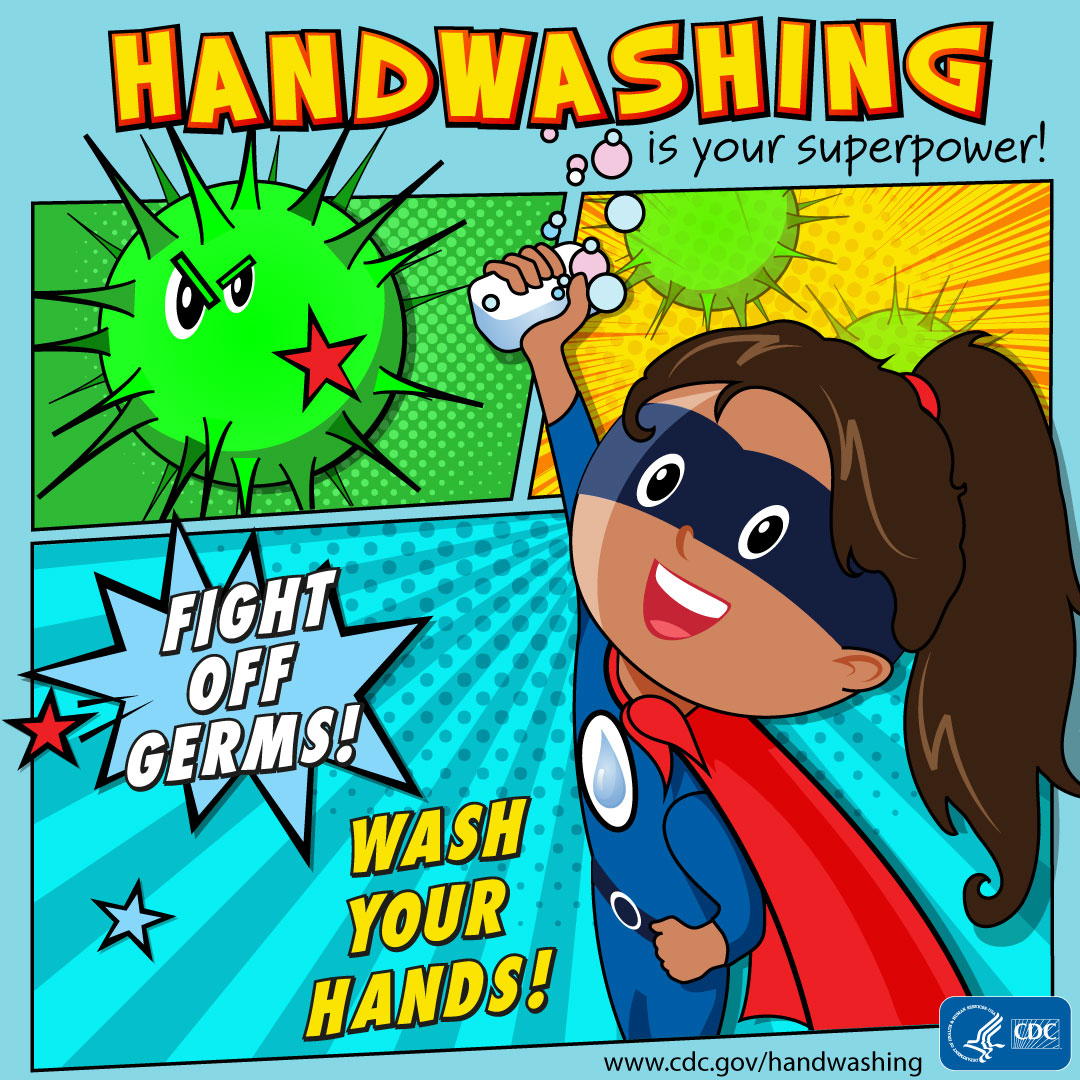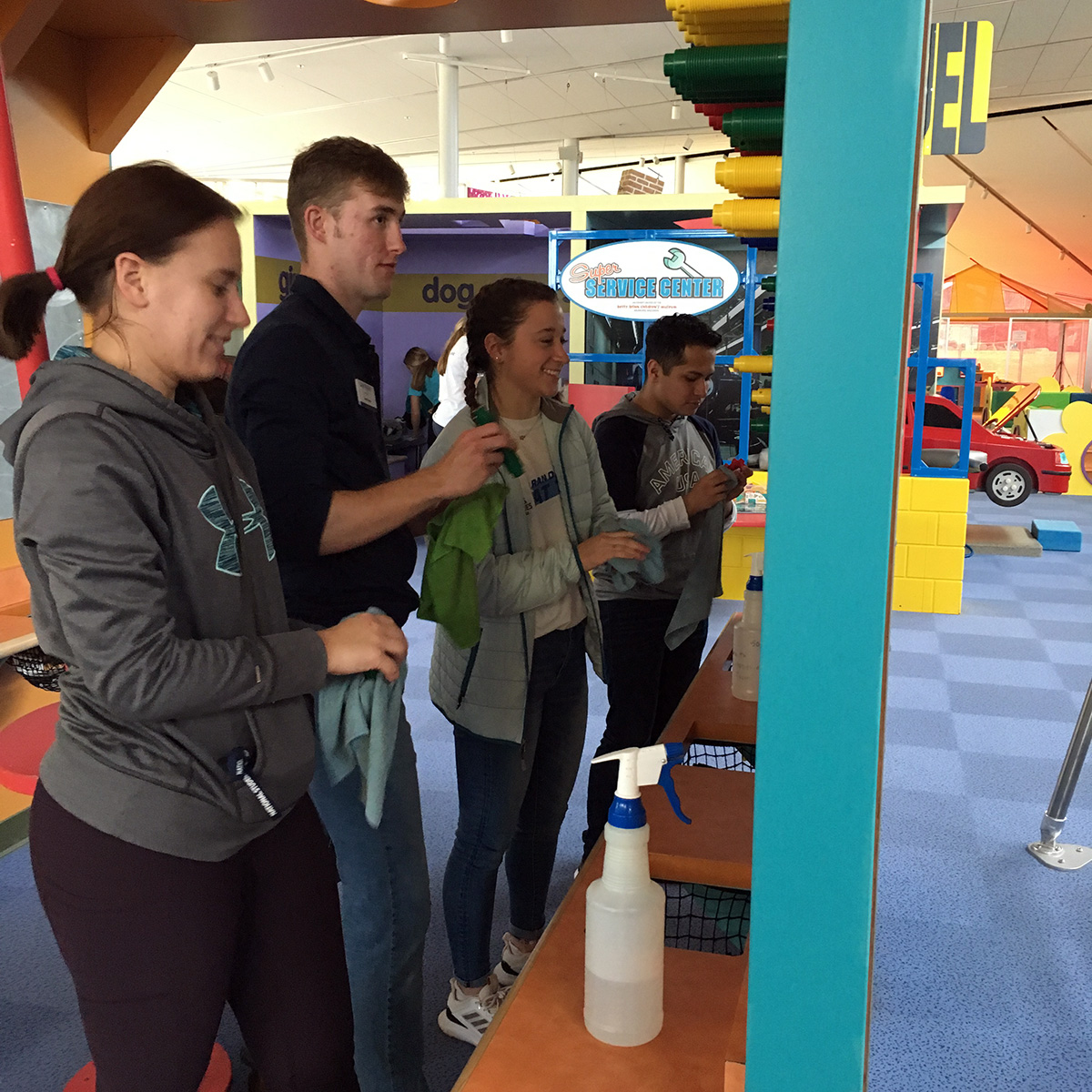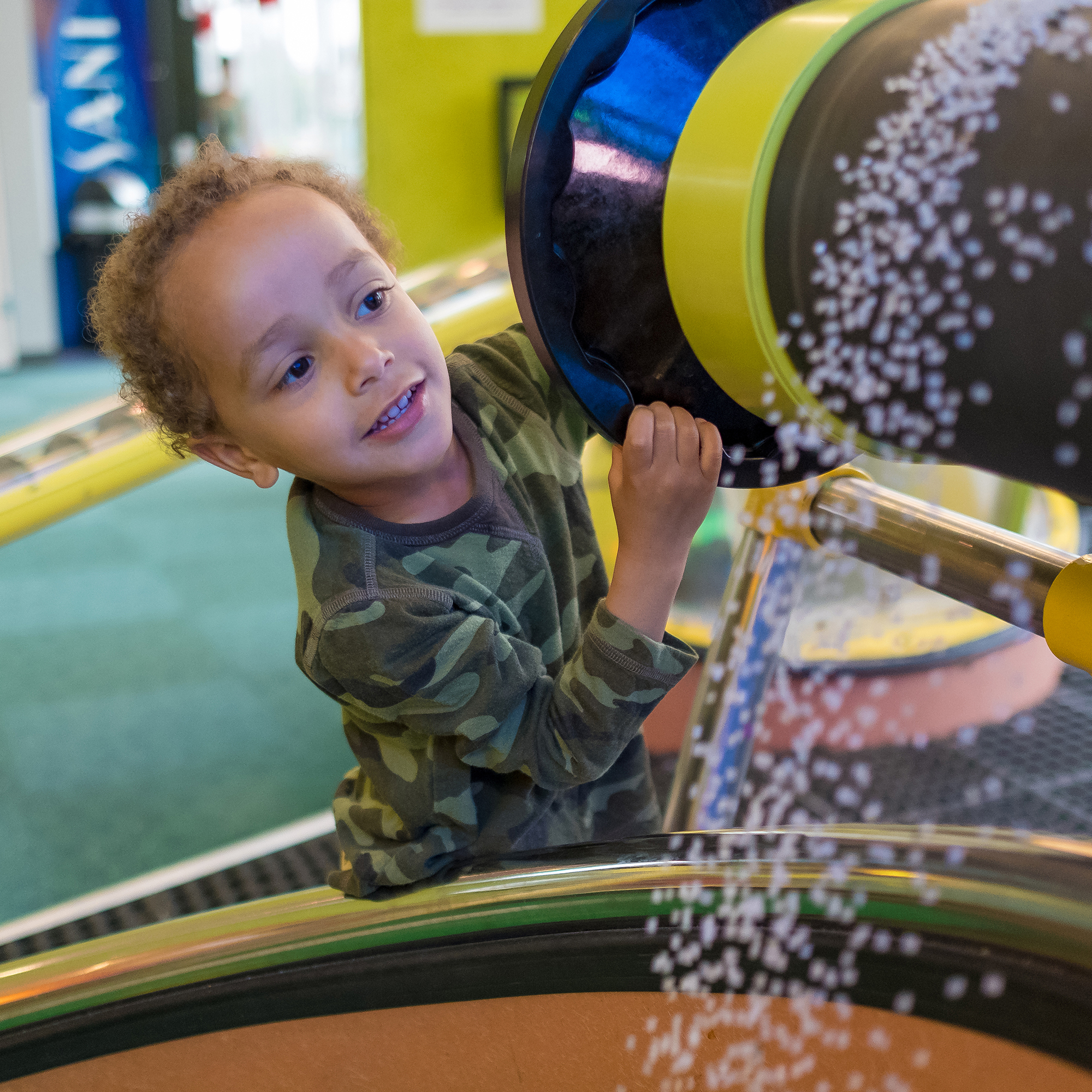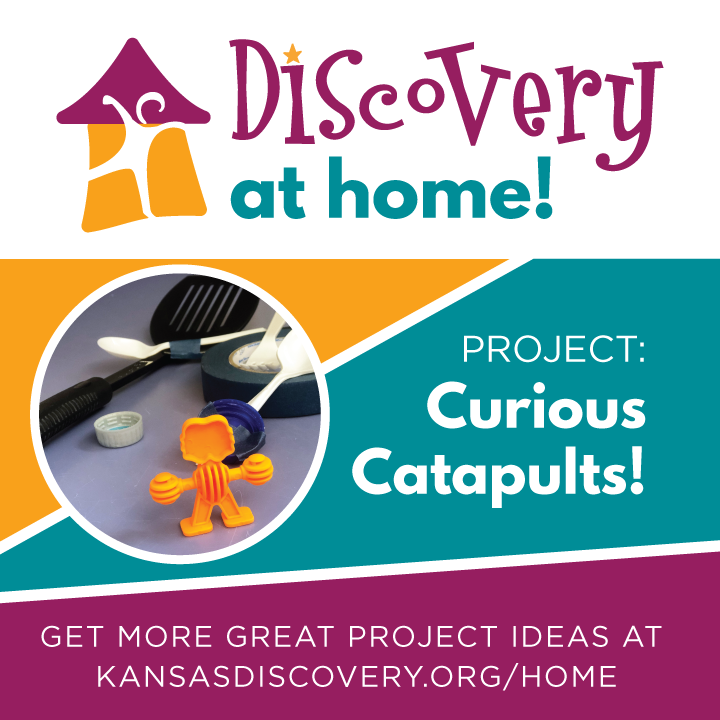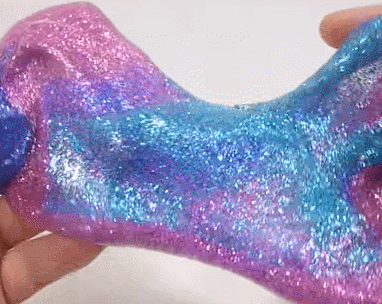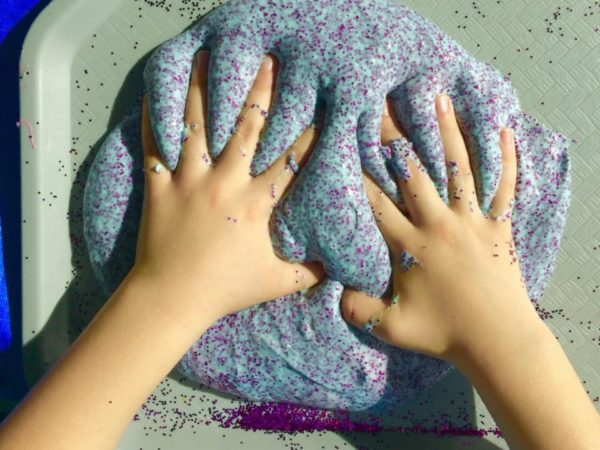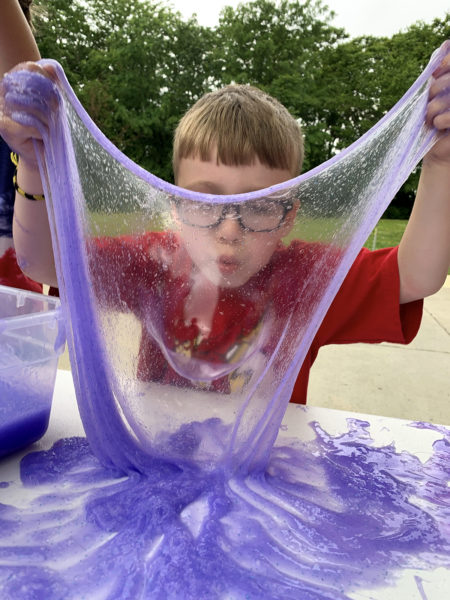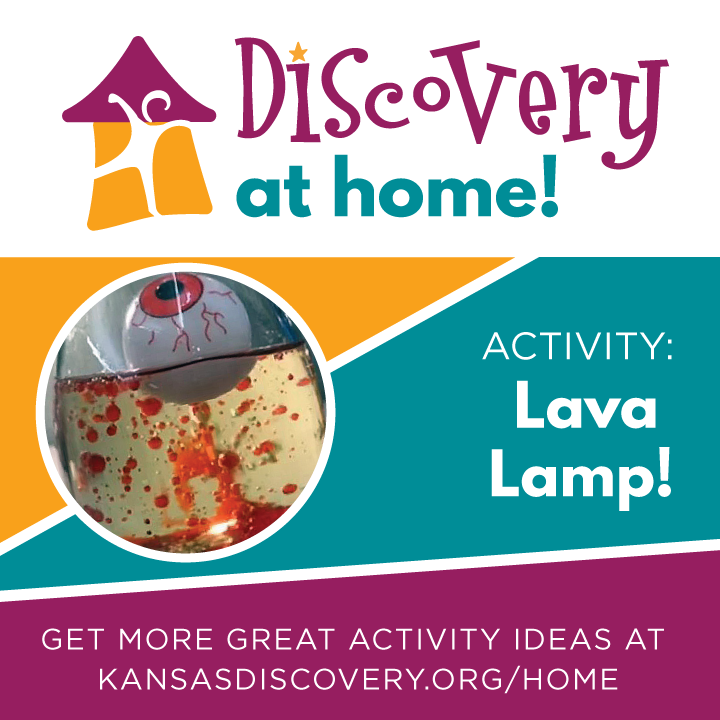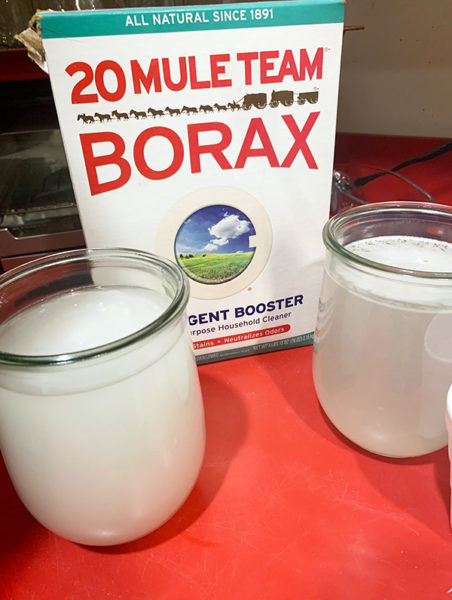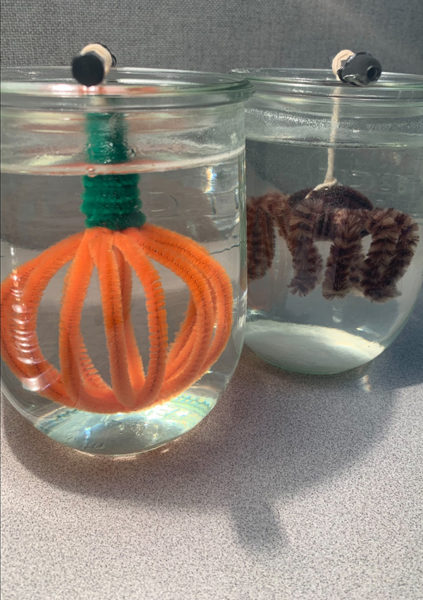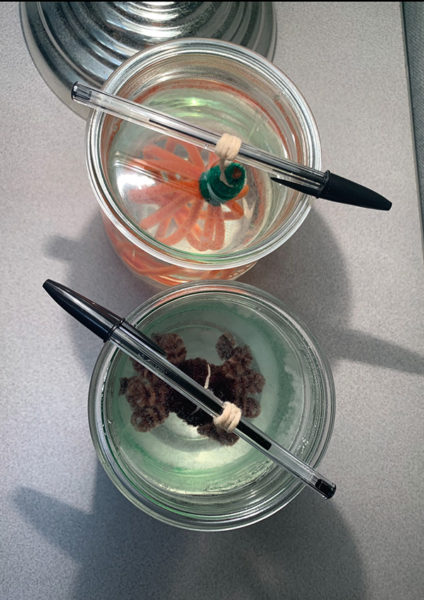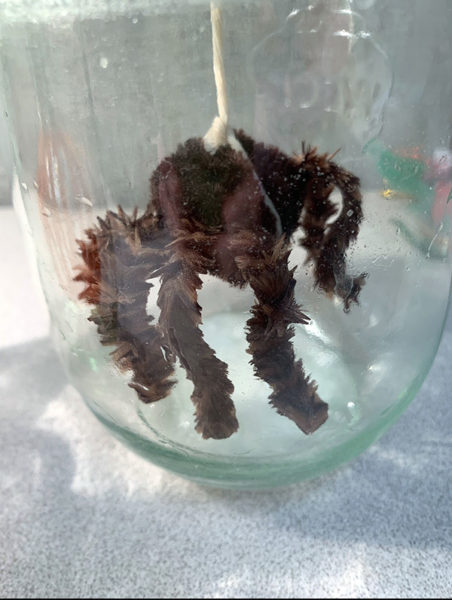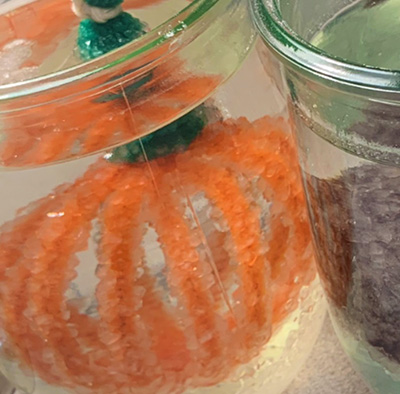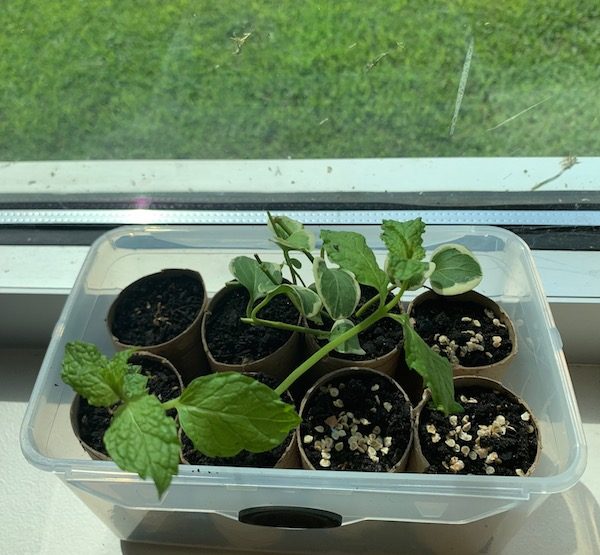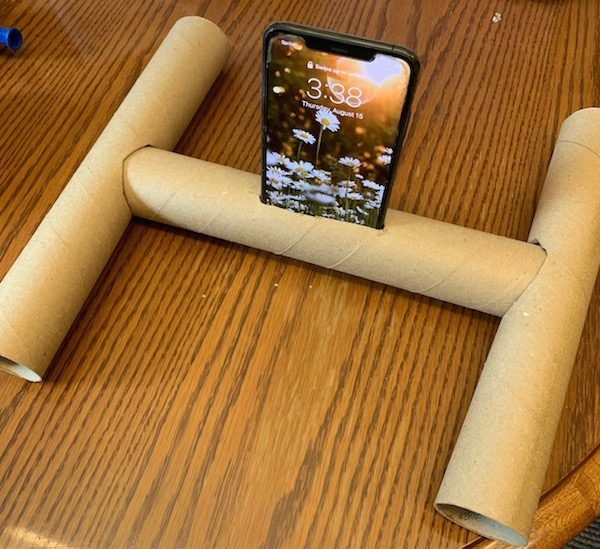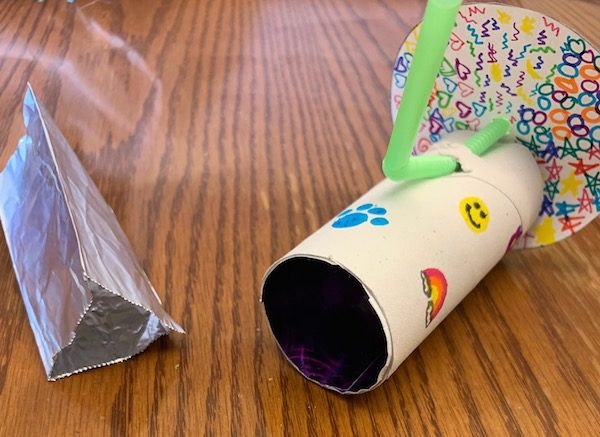Here’s what you need:
- Clear jar or cup
- Vegetable oil
- Water
- Red food coloring
- Effervescent tablets (such as Alka-Seltzer)
- Fake spider, eyeball, or any other small spooky object (optional)
- Newspaper or trash bag to cover work area in case of spills (optional)
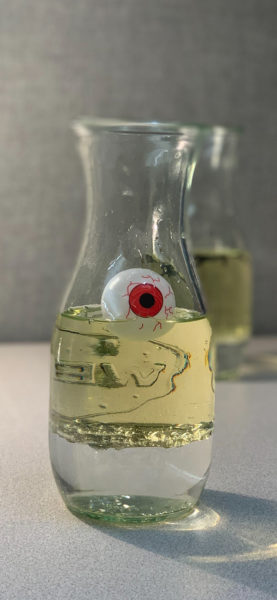
Directions:
- Pour 3 parts oil into your container.
- Pour 1 part water into your container and watch the water settle to the bottom.
- Pour 10-20 drops of food coloring into your container and watch them sink. The amount of drops you use will affect the saturation of the color. You can use as much or a little food coloring as desired-it will look cool either way!
- If you’re using a spooky object, place it in your container now.
- Form your hypothesis, make a prediction--what do you think will happen when you add the effervescent tablet?
- Place your effervescent tablet in your container.
- Wait a few minutes and then repeat step 6 as many times as you’d like!
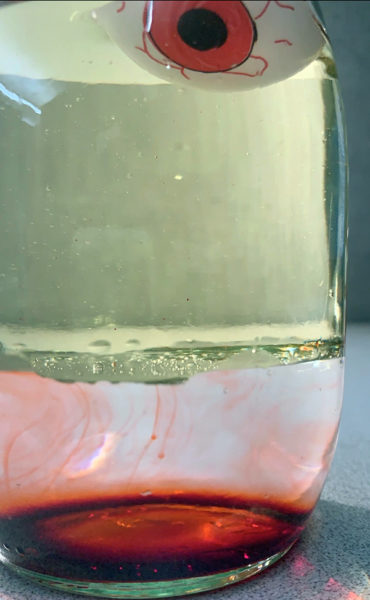
What did you observe? Was the reaction similar to your hypothesis?
Here are the answers to some questions you might have after doing this experiment:
Q: Why does the water sink to the bottom of the container and why does the oil float on top of the water?
A: Density is the way we measure how much something weighs compared to its size. If an item is small and heavy, it has a high density. If it is large and light, it has a low density. If two items take up the same amount of space, but one weighs more than the other, the heavier item is more dense than the lighter item.
In our experiment, we added water and oil to a container. Water is heavier than oil, so it is more dense. Oil is less dense than water because oil weighs less than water.
Oil and water have different densities, so when added to the same container, the oil floats in a layer on top of the water. However, density isn’t the only reason they don’t mix. Another important factor is polarity.
Water is what is known as a polar liquid. Water easily attracts and combines with other polar objects. Oil, however, is non-polar. Therefore, oil and water do not mix.
Q: Why did the food coloring dye the water but not the oil?
A: Food coloring is more dense than oil, so the food coloring moves through the oil and down into the water. Because food coloring is water-based, it has the same density as water, and mixes with the water at the bottom of the container. The polarity of water also causes it to attract the food coloring, therefore the two easily mix together.
Q: Why did my spooky object sink/float?
A: If your object sank all the way to the bottom of the container, it is more dense than the water and the oil. If your object floated on the top of the oil, it is less dense than the water and the oil. If your object sank to the bottom of the oil but floated on top of the water, it is more dense than the oil but less dense than the water.
Q: Why did the effervescent tablet cause the water to rise into the oil?
A: The effervescent tablet is an example of a chemical reaction. The tablet contains sodium bicarbonate, commonly known as baking soda. Another ingredient is citric acid, which is partially made up of hydrogen.
When the tablet is added to water, the baking soda is separated into sodium and bicarbonate. Now that the bicarbonate is split from the sodium, the bicarbonate reacts with the hydrogen in the citric acid, forming carbon dioxide.
The carbon dioxide is a product of the chemical reaction, and it causes the tablet to fizz and bubble. These carbon dioxide gas bubbles are less dense than oil and water, so they float to the top of the container.
Q: Why does the water separate from the oil again after the reaction?
A: When the carbon dioxide gas bubbles rise to the top of the container during the chemical reaction, they take some water up with them. When the bubbles reach the surface, they pop and are released into the air.
This is also what happens when you shake a bottle of soda. Carbon dioxide gas rises to the top of the soda bottle because the gas bubbles are less dense than the soda. Then when you open the bottle and release the pressure, the gas bubbles contact the air and are released.
We know that water is more dense than oil, so once the chemical reaction is over, the water will separate from the oil, sinking back down to the bottom of the container.
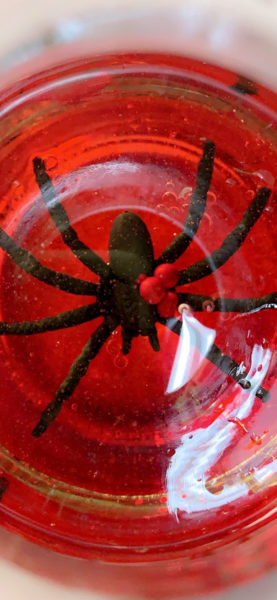
You can also use different methods for this experiment. Here are some other ideas for you to try:
- Break up the effervescent tablet into smaller pieces instead of dropping it into the jar in one big piece. Is the reaction smaller, bigger, or the same?
- Use more than one effervescent tablet. How is the reaction different?
- Use a water bottle instead of a jar or cup. You can shake or swirl the bottle and then you don’t need the effervescent tablet.
- Add another liquid to test its density. For example, you could use baby oil, honey, or dish soap. You could even use all of these liquids and build a density tower!
- Use other kinds of food coloring to make colorful DIY lava lamps.
- Try to predict how long it will take the water to settle back down to the bottom of the container and then time it to see if you were close.
- Try placing an ice cube in the container. Does it sink or float? Try crushed ice. You can watch it melt!

Drop other objects into the container to see if they sink or float. Here are some ideas for objects for you to test:
- Coins
- Buttons
- Rubber ducks
- Grapes
- Cherry Tomatoes
- Paperclips
- Rocks
- Legos
- Clothespins



